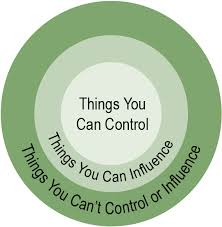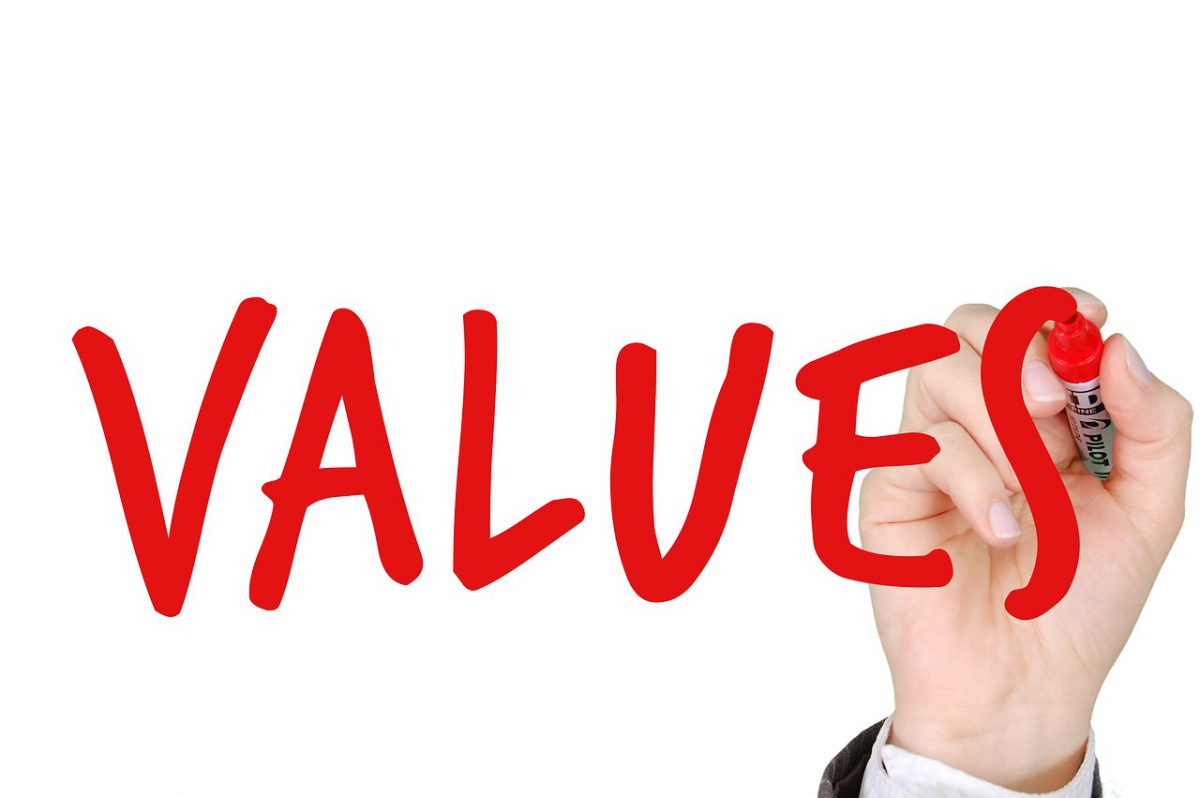#1 – Why You Need To Worry About Cost
The great thing about Jeff is I can always count on him to rev up the conversation, say outrageous things that always have a chunk of truth in them and generally push the edges. Then when he is done with his pontificating I come in with the rest of the data, information and content that rounds the thing out.
That’s what’s great about our relationship – we work as a great team to deliver the ying and the yang of our major gift concepts with a great measure of inspiration and enthusiasm added to solid concepts, strategies and process.
So when it came to talking about the subject of cost, Jeff said: “Richard, I can’t stomach the topic. It doesn’t inspire me or hardly interest me.” Of course, he was half kidding, because I have watched him deal very professionally with this very important topic.
OK, Jeff – I’ll handle it!
We see so many large major gift teams and one person shops who do not get this right – and that’s why we need to talk about it. I have heard this statement from major gift people in all kinds of situations – from the multi-million dollar non-profit to the very small one…
“Look! All I have to do is raise the money. I don’t need to be sitting around worrying about all that administrative, budget stuff. So, leave me alone and let me get on with it!”
That could very easily be what you have thought or said when some manager came around and was trying to get into a discussion on budget, support, costs, etc.
The fact is that right now, as you are reading this, there are raging arguments happening in charities of all sizes all around the world about how much a major gift program should cost; how much we should pay for a MGO; what kind of support a MGO should have; what kind of ROI we should expect in a major gift program, and; when we should add new MGOs to the program.
That is why we decided to talk about the Economics of Major Gift Fundraising in this 6 part series which starts today. If you’re like Jeff, this isn’t your favorite subject, but stay with me on it – I think it will be worth your time. And your job as a MGO, a manager of major gifts, or even if you’re a one-person shop, could depend entirely on how you handle this one subject.
“Whoa! You trying to scare me?”
Nope. I just want to help create understanding that in this world of diminishing financial resources and competition for the dollar there are some key financial realities you should know about that will help you:
- Manage your caseload better.
- Manage the major gift program more effectively whether you are part of a larger team or you are just one person in a very small charity.
- Have a wee bit more compassion for the management need to secure a better return on the investment it is making in the major gift program.
- Keep your job.
In all of our posts to date, Jeff and I have consistently said that major gifts is NOT about the money. We believe that to our core. Major gifts is fundamentally about a donor transferring value from themselves to something they care about. So that, in a few words, explains our relationship to the donor.
But there is another key relationship in this equation. It is the relationship of the MGO and his or her manager to the organization. And that is why I have titled this series How to Think About the Cost of Major Gift Fundraising. You and your manager do need to worry about the cost to raise the money you are securing from major donors. Why?
- It honors the donor and the use of their money.
- It is the responsible and right thing to do.
- People inside and outside the charity expect it.
In the next five posts I am going to un-wrap this subject, covering:
- The Four Major Gift Players: A major gifts program needs four critical players, operating effectively and efficiently, to succeed: (1) An effective development function in the organization, (2) A qualified MGO, (3) A meritorious cause, and (4) The right donor. If you’re missing one of these, you are in trouble.
- Major Gifts has an economy – just like DM: you should know about it and learn about it so you can manage expectations up-line and down-line. There is a micro economy attached to each donor. I think you’ll find this interesting.
- Why only 150 Qualified Donors? We’ve talked about this before, but this is about why 150 qualified donors on your caseload contribute to a healthy major gift economy. This is about the confluence of labor cost and donor value.
- Counting the cost: When you evaluate your program, are all the costs in? You not only have the cost of the MGO, you have the cost of his/her assistant, office costs and travel costs, etc. Here I want to make an argument to spend more money on supporting your MGO, not less. And, just to be clear, if you are reading this and you are the only major gift person in a very small organization, all of this still applies to you.
- Managing the variables: We’ll address the whole subject of tiers of donors, the cost to maintain one donor, moving less productive one’s out, understanding the ROI by donor, etc.
If you thought major gift fundraising was just about donors and program, you are wrong. It is also about how we behave internally, what choices we make, what priorities we have and how we spend our labor and money.
We see so many good organizations, with such great causes and great people losing it right at this point – where managers and their MGOs are not focused; where there is too much labor and not enough donors; where a MGO caseload is chock full of the wrong donors; where costs are out of control, and where, fundamentally, the return for every dollar raised is way below where it should be.
We intend to walk with our non-profit colleagues and fix this. Why? Because:
- It honors the donor and the use of their money.
- It is the responsible and right thing to do.
- People inside and outside the charity expect it.
- And, it will make YOU happy.
It’s gonna be a cool ride!
Jeff, I can tell you are really excited about this!!
Richard







I follow your logic here, but have some questions. First, what about communications costs? We send our major donors special updates, invitations and personalized appeals. Would you suggest that the ROI for those pieces be calculated separately so that the ROI for major gifts is more focused on the investment of time or human resources? Or would you advise that we try to include any dollars spent on major donors and prospects regardless of the type of activity? And what about on the revenue side — would you include revenue from all sources (events, personal solicitations, unsolicited gifts, etc.) in calculating ROI? Thanks for your help.
Hi, Debra – thanks for writing.
If a donor gets through the qualification process we suggest – meaning they are really a qualified caseload donor for a MGO – then all the costs related to that donor should be included as should all the revenue. This can get a little tricky as the manager of those other programs may want to claim it was their work that caused the gift and therefore you should not include it. But our philosophy is that the MGO is the primary relationship manager who is orchestrating all the communication to the donor and therefore gets to have the expense of those efforts as well as the revenue.
I hope this helps.